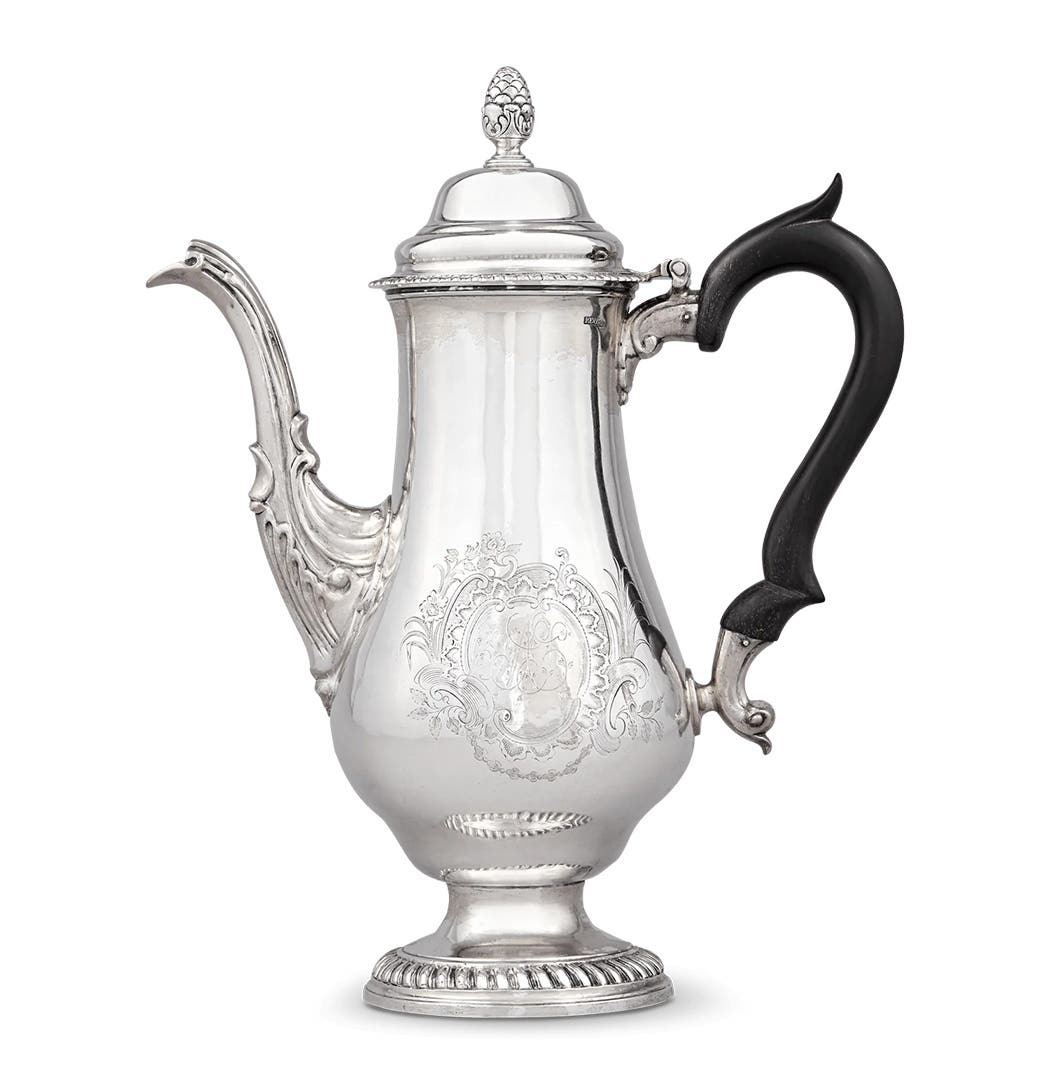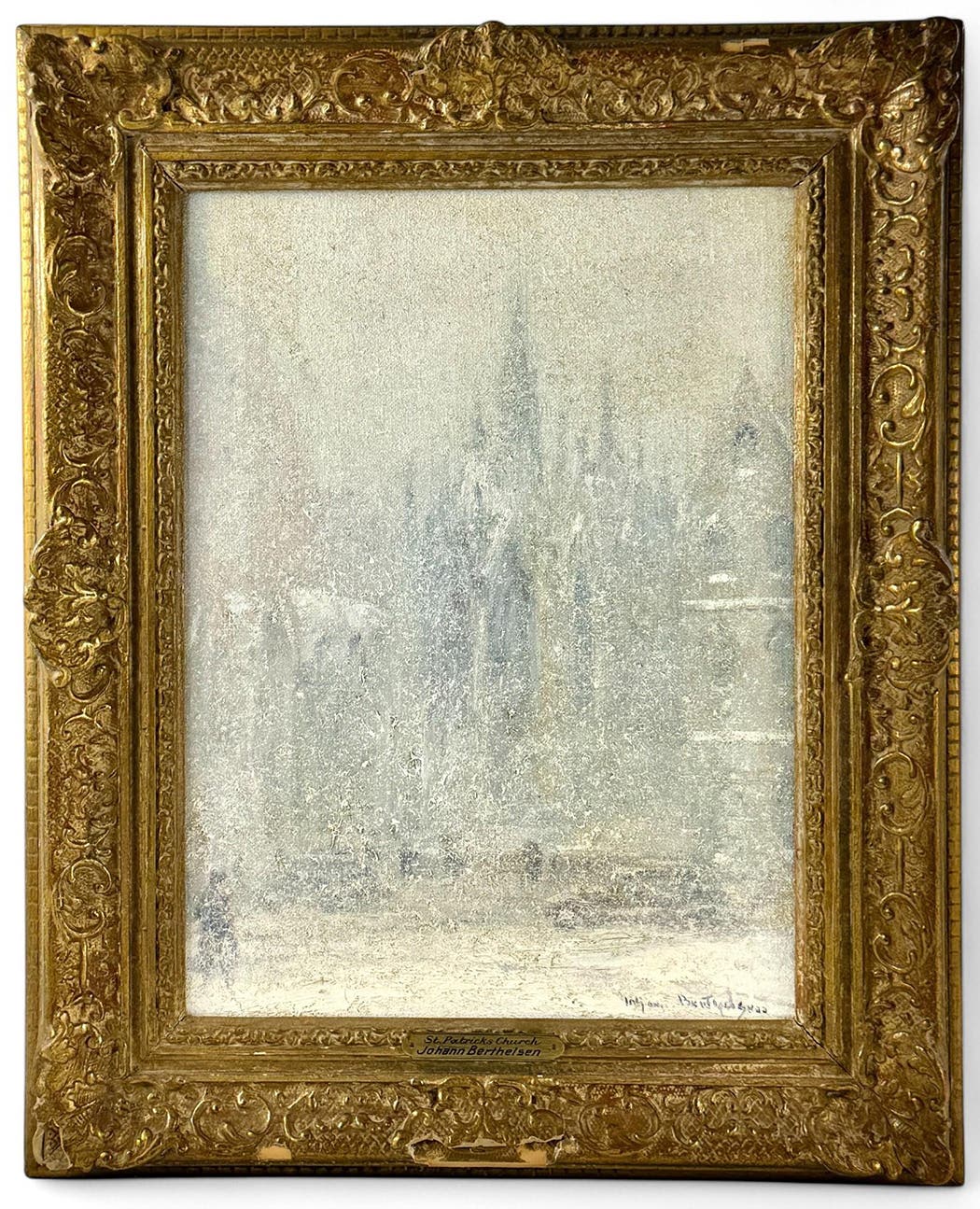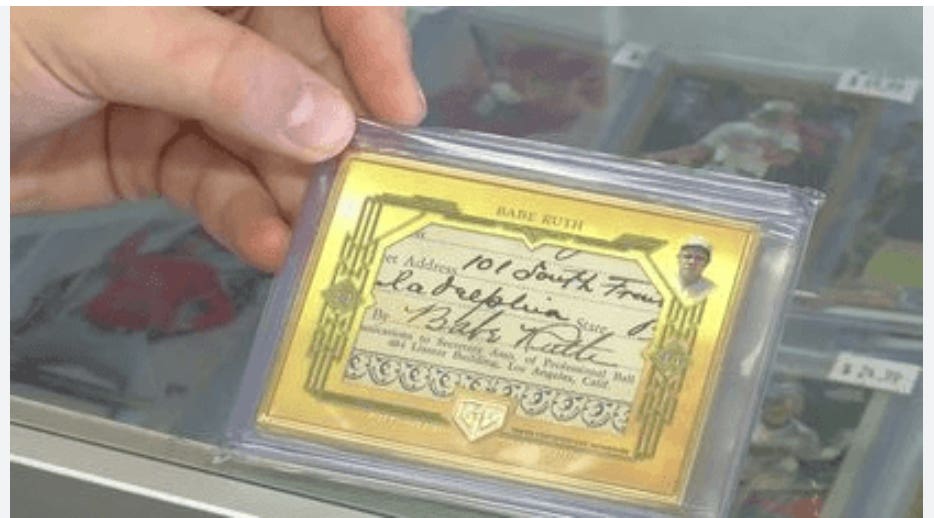D-Day flag bound for Smithsonian
DALLAS – The flag that led the first Americans to Utah Beach on D-Day, June 6, 1944, was honored at a ceremony at the White House and will have a…
DALLAS - The flag that led the first Americans to Utah Beach on D-Day, June 6, 1944, was honored at a ceremony at the White House and will have a final home at the Smithsonian Institution.
Dutch art collector Bert Kreuk bought the flag through Heritage Auctions on June 12, 2016, for $514,000. He delivered the 48-star flag to President Donald Trump during a ceremony that was scheduled during Netherlands Prime Minister Marke Rutte’s recent visit to the White House. Following the ceremony, the flag was expected to head to the Smithsonian.
“Operation Overlord, better known as ‘D-Day,’ is widely considered the greatest and most essential victory ever by American armed forces, and this is the flag that led the Allied troops across the English Channel,” Heritage Co-Founder Jim Halperin said. “It is only appropriate and an honor that it was honored in a ceremony at the White House and then end up in the Smithsonian, where generations can study and appreciate its significance, and gain a greater understanding of that historic day in 1944.”
The flag was flown on June 6, 1944, from the stern of Landing Craft Control 60 on the craft’s solo mission to lead other vessels across the English Channel on the way to the storming of Utah Beach, where the first Allied forces emerged from the sea. For more than six decades, the battle-scarred banner was kept as the only war souvenir of U.S. Navy Lieutenant Howard Vander Beek, Landing Craft Control 60’s skipper. The Navy had commissioned six Landing Craft Control vessels to lead the charge, three for Utah and three bound for Omaha. But LCC 60 was the only one of the three bound for Utah that arrived, earning it the unquestioned distinction as the first to arrive.
“This is one of the most important historical American Flags ever to come to auction,” Kreuk wrote in an email when he purchased the flag in 2016, “a symbol of our freedom. And with our freedom I mean that of Europe in particular. Last year (in 2015), I visited Normandy in person with an uncle of mine. This was a very emotional trip; family members of ours were killed during the bombing raids on Rotterdam in 1940. Those who survived suffered hardship beyond belief, especially because of hunger during the ‘hunger’ winter of 1944.
“These family members survived thanks to the liberation made possible by all of those who participated. We owe a lot of gratitude to all those nations, but in particular the United States. Once I heard that this special flag was coming to auction, I knew I had to buy it. Not only because of our personal family history, but more important because of all those young and brave Americans who gave their lives so we in Europe can live in freedom,” Kreuk said.
Flags are, by definition, symbols of nations and their military, and battle flags have long been coveted by serious collectors. This flag, as the one that led the largest military invasion in history, is one of the most important flags in any public or private collection, Heritage said.
Vander Beek, who survived nineteen assault waves to Utah Beach that perilous day, became an English professor after the war. He wrote beautifully of the moments just before H-Hour — the designated 0630 start time for the charge to the beach — in his memoir of his war experiences titled, Aboard the LCC 60: Normandy and Southern France, 1944.
“At some point I looked astern and saw what lay at sea behind us: the greatest armada the world had ever known, the greatest it would ever know. I must have been overwhelmed by the sight as I clung to the rail for a moment to take in the magnitude of that assembled fleet, many great, gray ships majestically poised in their positions; larger numbers of unwieldy landing vessels heaved by the heavy sea; and countless numbers of smaller amphibious craft tossed mercilessly by the waves,” Vander Beek wrote.






